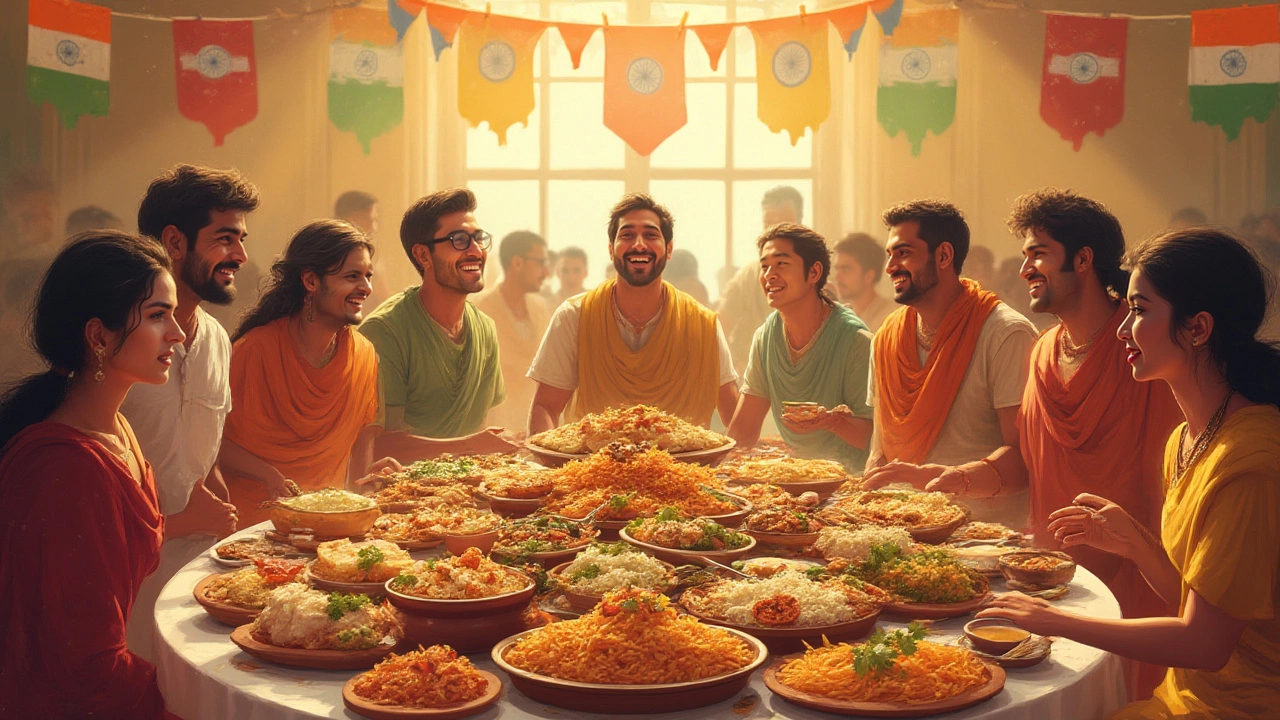SEARCH
Culinary Traditions of India – Flavors, Tips & Guides
India isn’t just a country; it’s a massive kitchen where every state cooks its own story. From the spicy bites of Andhra to the mellow coconut flavors of Kerala, the food culture is as varied as the landscape. If you love trying new dishes, you’re in the right place.
First thing to know: Indian meals are built around a few core ideas. Most dishes start with a base of onions, tomatoes, and spices, then a main ingredient like lentils, meat, or vegetables joins the pot. Bread or rice completes the plate, letting you scoop up every flavor.
Regional Highlights
South India shines when it comes to breakfast. Think crispy dosa, fluffy idli, and a side of coconut chutney. If you’ve read our guide on the best South Indian state for food, you’ll remember that Kerala tops the list for seafood and coconut‑based dishes, while Karnataka is famous for its buttery udupi meals.
North India leans on wheat. Rotis, naan, and parathas dominate the table, and you’ll find creamy curries made with ghee, yogurt, and tomatoes. Punjabi food, for example, loves butter chicken and dal makhani – rich, hearty, and perfect for cooler weather.
East and West bring their own twists. Bengal’s sweets are legendary – rasgulla and sandesh will melt in your mouth. Gujarat offers a sweet‑spicy balance in dishes like dhokla and handvo, while Goa mixes Portuguese influence with coconut and chilies for unforgettable seafood.
Practical Tips for Food Lovers
Wondering what to eat in India without getting sick? Stick to places where food is cooked fresh and served hot. Street stalls that cook on the spot are usually safe, but avoid anything that’s been sitting out for a long time.
Stay hydrated with bottled water and steer clear of ice unless you know the source. When you’re unsure about spice levels, ask for “mild” – most kitchens can dial it down without losing flavor.
Budget‑wise, a typical Indian meal can cost as little as a few rupees at a local dhaba, while a fancier restaurant may charge more. Our cost guides show you how to plan a food‑focused trip without breaking the bank.
If you’re a vegetarian, you’re covered. Almost every region has a rich selection of veggie dishes – from the chickpea‑laden chole of Delhi to the lentil‑heavy sambar of South India. Non‑veg eaters can explore tandoori chicken, fish curries, and beef biryani, depending on the state’s customs.
Don’t forget to try the everyday staples. Rice and roti are the backbone of most meals, and you’ll find countless variations – plain, flavored, or mixed with herbs. Knowing these basics helps you navigate menus quickly.
Finally, be bold. India’s culinary traditions are built on centuries of experimentation. Whether you’re tasting a fiery Andhra chaat or a sweet milky kheer, each bite tells a story. Enjoy the ride, stay safe, and let your palate travel across the country.

India's National Dish: The Truth Behind the Nation's Culinary Crown
Is there a single dish that represents India? Find out if India has an official national dish, which foods earn local pride, and the truth behind curry's fame.
Continue reading